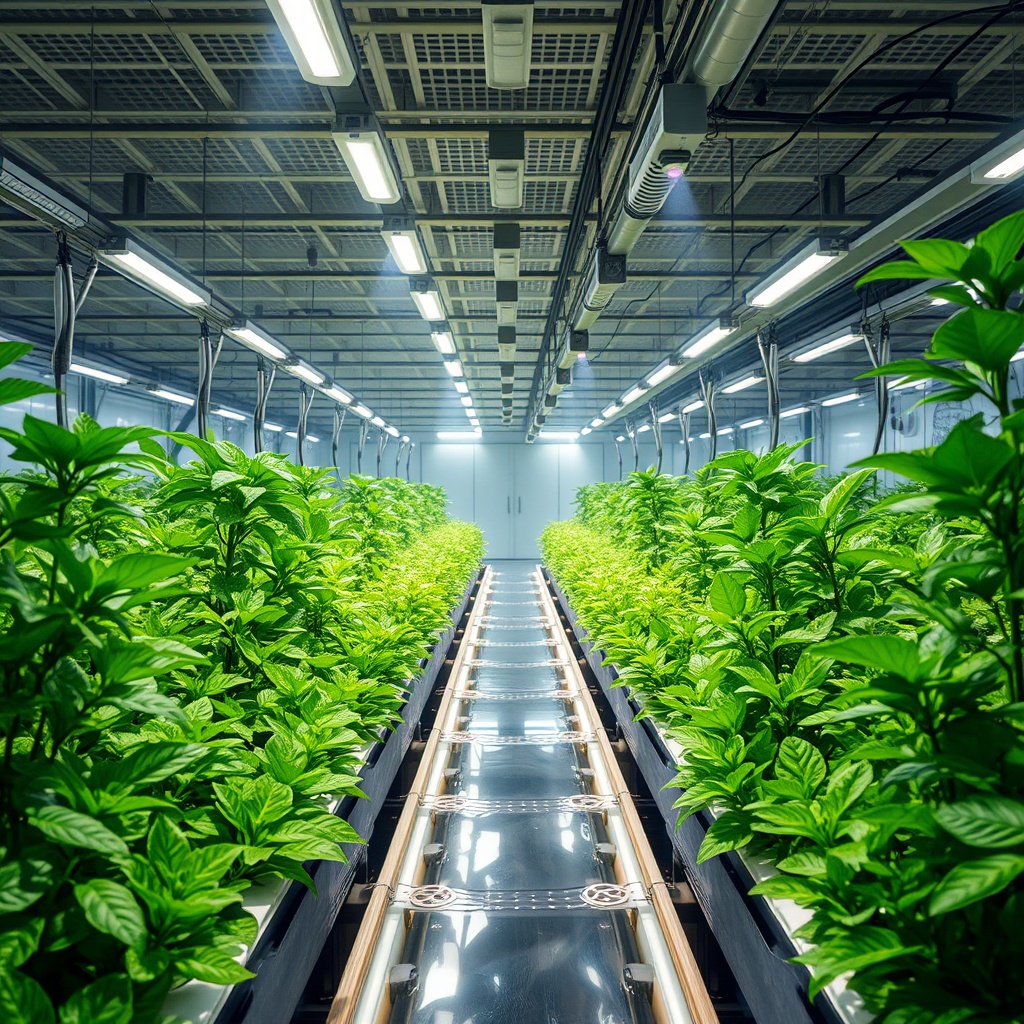Understanding the Causes of Stunted Growth
Stunted growth in hydroponic crops can be a perplexing issue for both novice and experienced growers alike. Various factors contribute to this phenomenon, and understanding them is crucial for ensuring optimal plant health and productivity.
Among the primary causes are nutrient deficiencies, improper pH levels, and environmental stresses. Each of these factors plays a significant role in the overall development of hydroponic plants. Identifying and addressing these issues early can help in preventing stunted growth, leading to a more fruitful harvest.
Key Strategies to Combat Stunted Growth
To effectively tackle stunted growth, growers can employ a variety of strategies that focus on optimizing plant conditions and nutrient delivery. Here are some essential approaches:
- Nutrient Management: Regularly monitor nutrient levels and adjust formulations to meet specific crop requirements.
- pH Optimization: Maintain the pH within the optimal range for the specific crop to ensure nutrient availability.
- Environmental Control: Implement climate control systems to regulate temperature, humidity, and light exposure.
Evaluating Crop Health and Performance
Monitoring and evaluation are vital components of successful hydroponic farming. By regularly assessing crop health, growers can identify signs of stunted growth early on. This proactive approach not only helps in addressing existing issues but also aids in preventing future occurrences.
Utilizing tools such as plant health sensors and growth tracking software can provide valuable insights into the performance of crops. Data-driven decisions enable growers to fine-tune their methods, ensuring that crops reach their full potential.




